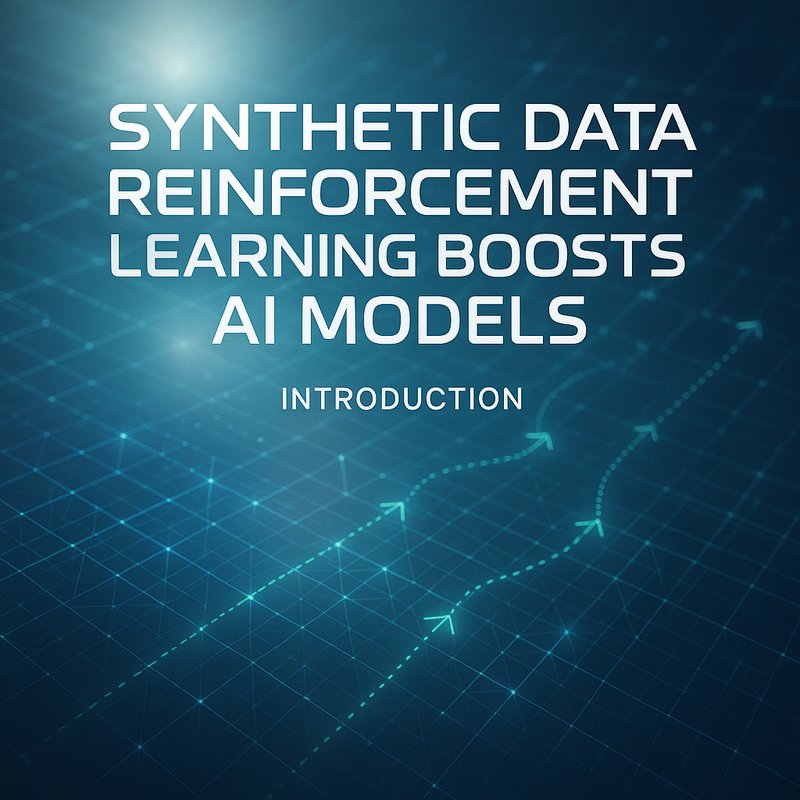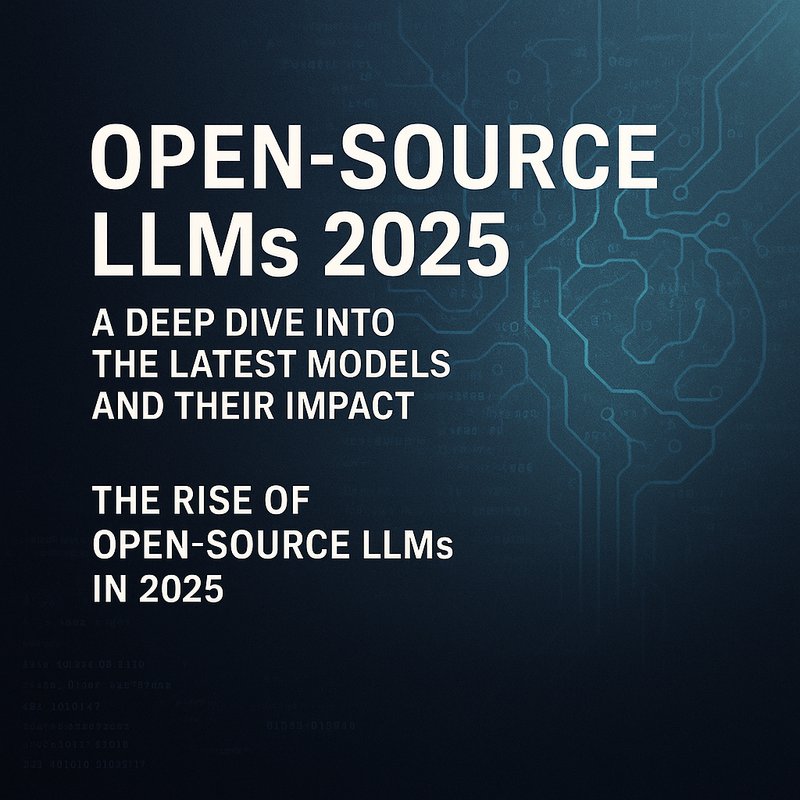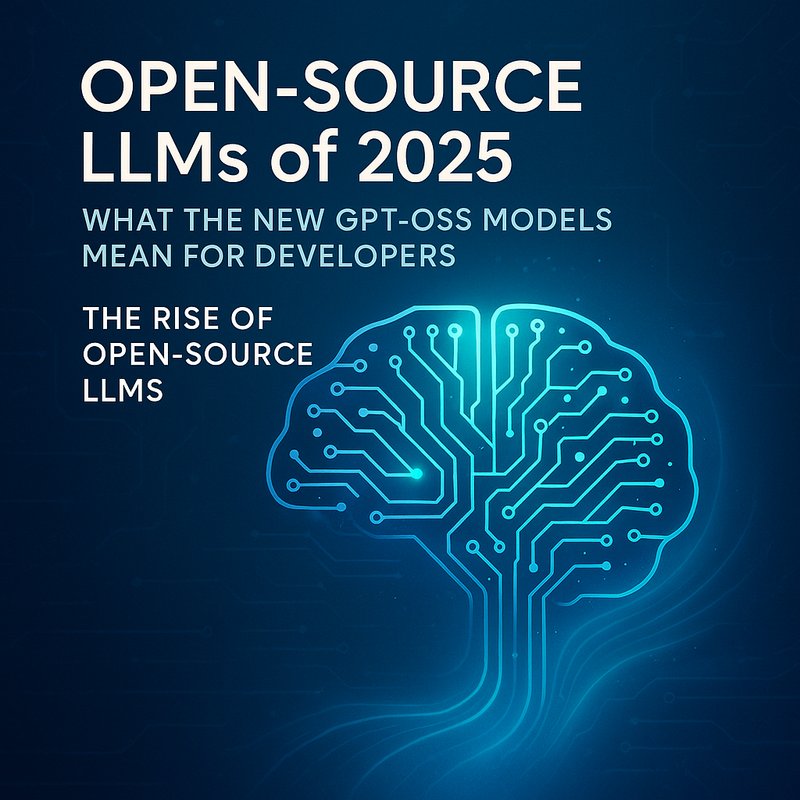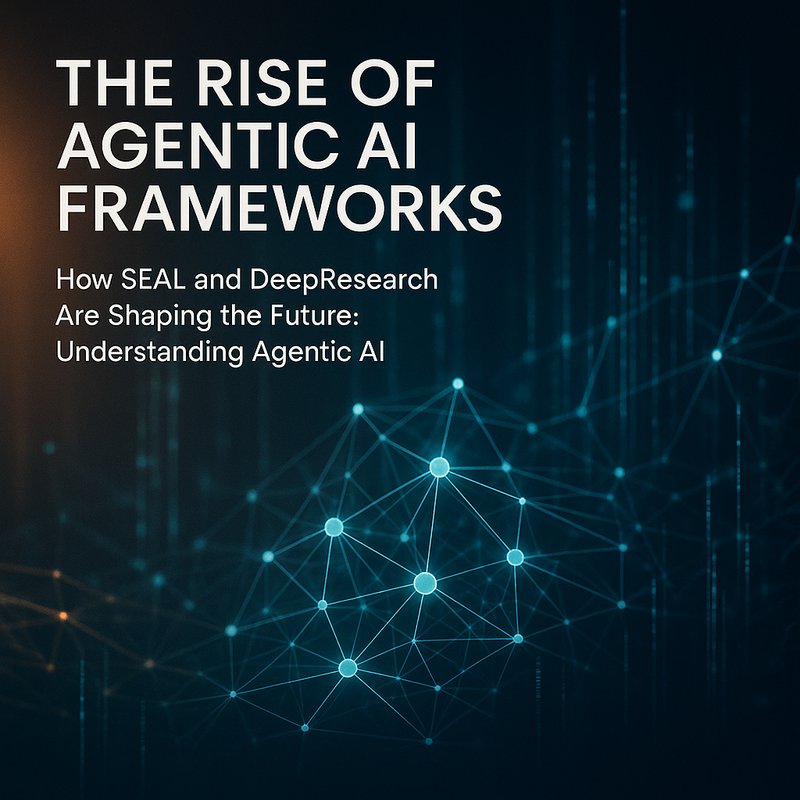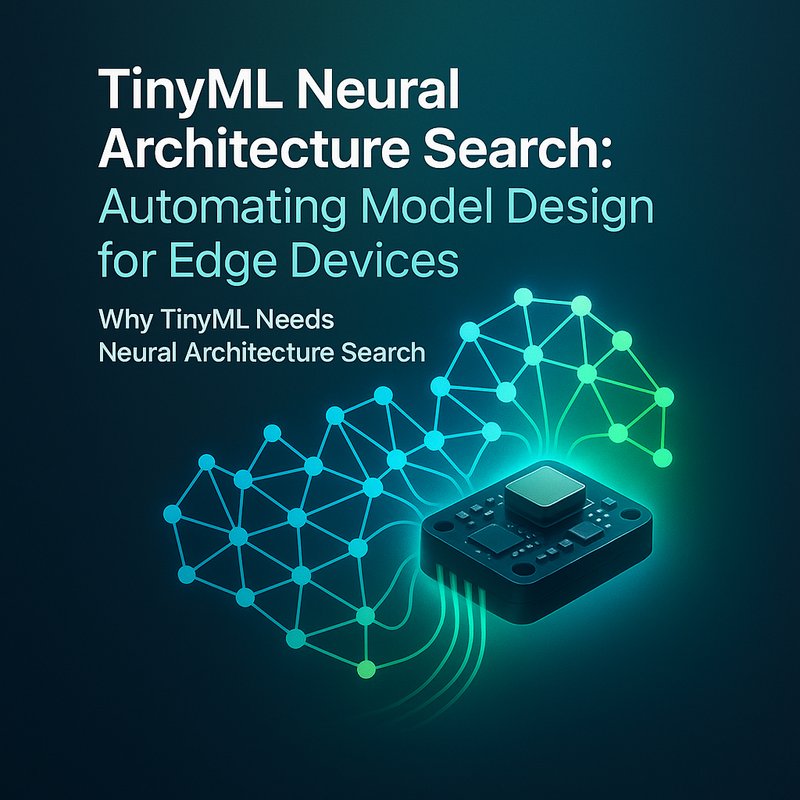Introduction
In the fast‑moving world of artificial intelligence, the newest buzz is around synthetic data reinforcement learning. Researchers have created a framework that lets language models edit their own training data and then use reinforcement learning (RL) to pick the best edits. This simple idea turns out to be a powerful way to improve model accuracy while keeping training costs low. In this article, we break down how this works, why it matters, and what it could mean for developers who want to build smarter, faster AI systems.
What Is Synthetic Data?
Traditional Synthetic Data
Before we dive into the new framework, let’s look at what synthetic data usually means. In many AI projects, the training set is built from real‑world data. But collecting and labeling real data can be expensive or impossible for sensitive information. Synthetic data solves this by generating fake examples that look statistically similar to real data. Think of it like a movie studio creating realistic sets instead of shooting on location.
Self‑Editing Synthetic Data
The twist in the new research is that the model can create synthetic examples and then self‑edit them. Instead of relying on human workers to review the data, the model learns to judge which edits make the data more useful for training. This is where reinforcement learning steps in.
The Self‑Editing Framework in Detail
How It Works
- Generate Synthetic Samples – The model creates a batch of fake examples based on its current knowledge.
- Apply Self‑Edits – The model modifies these samples, tweaking wording or adding context.
- Evaluate with Reinforcement Learning – Each edit is scored by an RL agent that rewards edits that lead to better downstream performance.
- Iterate – The best edits are kept, the rest are discarded, and the cycle repeats.
This loop is similar to how a student practices a math problem, checks the answer, and tries again. The key difference is that the model does all of this internally.
Real‑World Example
Imagine a language model that’s learning to answer legal questions. The model might generate a synthetic scenario about a contract dispute, then edit the wording to add more legal nuance. The RL agent checks if the edited scenario helps the model answer a test question better. Over time, the model learns which kinds of edits most improve its answers.
Research from a team at the Massachusetts Institute of Technology (MIT) and the European Organization for Nuclear Research (CERN) showed that a small synthetic data framework can outperform larger language models on certain reasoning benchmarks. The study can be read in full on the MIT website.
Key Benefits
- Efficiency – Because the model generates its own data, it needs fewer real‑world examples.
- Adaptability – The model can tweak its data to suit new tasks without external input.
- Reduced Bias – Self‑editing can help reduce unintended biases that come from static datasets.
Benefits and Limitations

Accuracy Gains
In a recent benchmark, the self‑editing framework achieved higher scores on complex reasoning tasks than several industry‑standard LLMs, including OpenAI’s o1 and Google’s Gemini Flash. The improvement comes from the model learning to produce more challenging and representative examples.
Computational Cost
While the framework saves on data collection, it adds a small computational overhead for the RL loop. In practice, the trade‑off is favorable because the edits reduce the number of training epochs required.
Limitations
- Hard‑coded Reward Signals – The RL reward must be carefully designed to avoid encouraging over‑fitting.
- Generalization – The framework works best for tasks where synthetic examples are realistic; it struggles with highly creative or open‑ended domains.
Comparison with Existing LLMs
Large Reasoning Models (LRMs) such as OpenAI’s o1 and Google’s Gemini Flash sometimes collapse under high‑complexity problems, giving up on the task. In contrast, models trained with synthetic data reinforcement learning show steadier performance across increasing problem difficulty. A recent study published in the Proceedings of the National Academy of Sciences (PNAS) highlights how synthetic data RL keeps reasoning accuracy above 80% even on the hardest benchmarks.
Practical Takeaways for Developers
| Step | What to Do | Resources |
|---|---|---|
| 1 | Choose a base LLM – Start with a lightweight model like OpenAI GPT‑3.5 or Claude 3.7. | https://meetneura.ai |
| 2 | Implement Synthetic Generation – Use open‑source libraries such as Hugging Face’s transformers to generate synthetic prompts. |
https://github.com/huggingface/transformers |
| 3 | Add Self‑Edit Hooks – Build a simple function that modifies token sequences. | https://meetneura.ai/products |
| 4 | Set Up RL Loop – Use a lightweight RL library (e.g., stable-baselines3) to score edits. |
https://blog.meetneura.ai/#case-studies |
| 5 | Iterate & Evaluate – Run a few cycles and compare downstream task performance. |
For developers looking to prototype quickly, the Neura ACE tool (https://ace.meetneura.ai) can automate many of these steps, pulling in the latest synthetic data frameworks automatically.
Future Outlook
The self‑editing synthetic data approach is still in its early days, but its impact is already visible. Future research may combine this technique with 3‑D rotation‑invariant learning (used in recent computer‑vision breakthroughs) to create even more robust synthetic datasets. Meanwhile, the rise of browser‑based AI assistants (like Microsoft Edge’s Copilot and Google Chrome’s Gemini) shows that AI is becoming a seamless part of everyday tools. Synthetic data reinforcement learning could become a standard part of the AI developer toolkit in the next 12–18 months.
Conclusion
Synthetic data reinforcement learning is a game‑changing method that lets models learn from their own creations. By generating, editing, and evaluating synthetic examples in a loop, AI systems can become more accurate, efficient, and adaptable. As the field matures, we expect to see this technique integrated into mainstream frameworks, making it easier for developers to build smarter AI without the heavy data‑collection costs.
